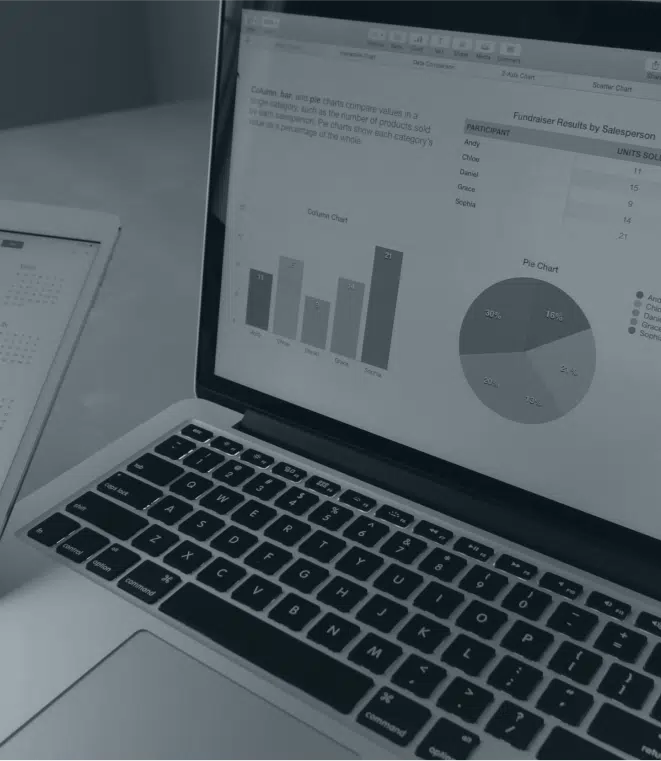Technology is a wonderful addition to every business, but what happens when the IT goes down? All those things you do now that were completely unthinkable 30 years ago have become part of your day-to-day processes. It lets you compete with big business and connect with customers from far away, boost productivity and efficiency like never before, and even added multiple zeros to your bottom line. IT is a necessity. Unfortunately, this means when downtime inevitably hits, you’ve got a BIG problem.
Maybe it’s from a virus attack, a bug in the system, hardware failure or something else…whatever the cause, the impact is real and measurable. Gartner (an IT research company) reports that 43% of small businesses close their doors right after a major data loss, and only a tiny 6% survive long term. The financial cost of each hour can be in the thousands, and the damage to your brand could be ruinous. Fortunately, while downtime will occasionally strike every business, there are things you can do to minimize the duration and frequency.
Taking a few simple actions now may result in your business staying open while your competitor gives up.
Use monitored antivirus and firewalls
While most businesses have these protections, not all have embraced the idea of monitored antivirus and firewalls. Instead, the default setup has more in common with a home setup than a robust professional system. Given that SMB are a primary target for malware and cyber-attack, you should seriously consider moving to the monitored versions. Our experts set up custom protection to block all attacks, both known and emerging. All updates are taken care of, plus company-wide protections applied so users can’t accidentally infect the network. When something doesn’t look quite right, our monitors take immediate action to protect your business.
Have backups you can count on
A great backup can not only protect you from digital threats like viruses and ransomware, they protect against physical threats like robbery, fire or natural disasters. The last thing you want is for your business to be crippled by data loss. A robust backup system can be as simple as asking our Managed Services team to take care of it, or if you have an on-site technician, using the rule of 3: one backup on the server, one unplugged from the server, and one off-site. If anything ever goes wrong, you’ll be able to pull up the most recent backup and continue as normal. Businesses without good backups tend to be down or limping along for days, if not weeks.
Plan for disaster
Nobody likes to think about their business flooding or being hit with ransomware, but would your employees know what to do if something happened? Having a comprehensive Disaster Recovery Plan helps you get up and running quicker, minimizing downtime. Everyone knows what steps to take, who to tell, who should be doing what, and which systems take priority.
Monitor hardware for early signs
Computer hardware is like any piece of equipment – when it’s getting old or cranky, it will let you know! This could be anything from making noises, being louder or slower than normal, or even system crashes. Each symptom is your early warning system that allows you to take action before a crash that sends everything into downtime. Our hardware monitoring service runs in the background and tracks various metrics to predict time until failure. If the signs point to imminent failure, we’ll let you know and can often repair/replace the affected hardware with little or no downtime.
Downtime is an unavoidable part of any tech-enabled business, but your preparation can dictate whether it goes for one minute or one week and how often it happens. According to one study, most firms experience 43 hours average downtime per year, a number much too high for comfort. While scheduled downtime can sometimes be unavoidable, your business will appreciate being able to skip the panic of surprise downtime events. Reducing your risk is the best action you can take, making downtime a truly rare occasion. Even better, our Managed Services can take care of this for you, stopping many downtime-events before they occur.
Talk to us about minimizing your downtime.


